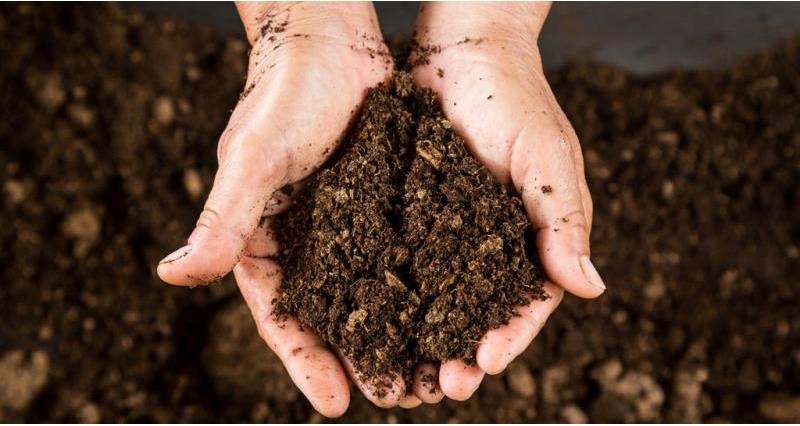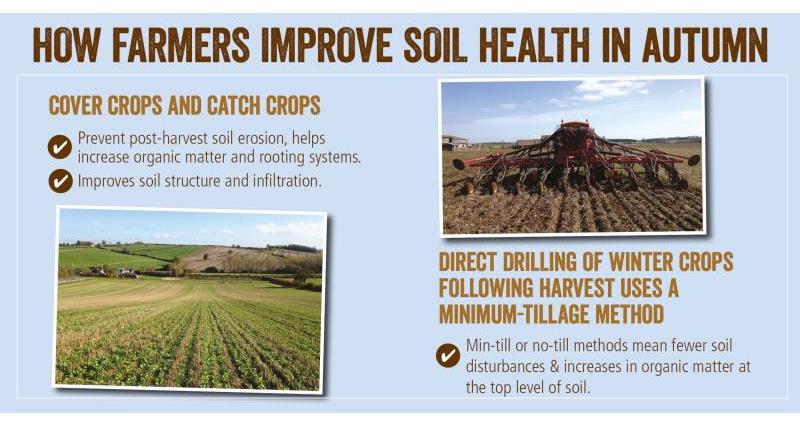The Farming Advice Service (FAS) has recently outlined guidance on post-harvest soil protection in accordance to the cross compliance Good Agricultural and Environmental Condition (GAEC) requirements for soils.
GAECs 4, 5 and 6 focus on the condition of the land and this is what the Rural Payments Agency (RPA) will consider during an inspection.
One method of reducing compaction and soil erosion, as detailed in GAEC 5: Minimising soil erosion, is to select the correct post-harvest options. This is to ensure that land harvested by a combine harvester or mower is left in a state where erosion is unlikely.
Choosing the correct post-harvest management technique involves taking into consideration the weather, soil type and topography; the crop that has been harvested; and the next crop to be sown.
We must be mindful that the recent hot, dry weather may have caused soil to crack or cap during harvest and cultivations. Capping can exacerbate runoff, especially if rainfall is heavy. To minimise the risk of significant runoff, care must be taken when deciding what and where to sow.
In light of the recent weather conditions the EA has released a statement offering advice on spreading slurry or milk in these unfavourable soil conditions which can be read here.
Before cultivating and drilling, make sure that any topsoil and subsoil compaction is removed. Do this by first by assessing the soil to check the depth of compaction by digging several soil pits across a field. Soil assessment has become a hot topic in recent years and although this is quite simple for farmers to do, it has been over-complicated due to the number of different methods used. AHDB has produced a helpful guide to soil assessment methods which can be downloaded here.
If the soil assessment shows that there is damage and large areas are compacted, action will be required. However, it is important to ensure the depth of compaction is correctly identified so it is effectively addressed. It is advised that the appropriate machinery (such as a subsoiler) is set to just below the pan to remove the layer of compaction and that the soil is sufficiently dry to enable effective subsoiling.
By identifying the correct depth of compaction, savings can be made on fuel use, machinery parts, labour costs and time by not cultivating deeper than necessary.
Looking at GAEC 4; Providing minimum soil cover, planting a winter crop where a spring crop has been grown will help to comply with this as well as complying with the farming rules for water. A crop grown over the winter will also enhance soil organic matter levels (GAEC 6: Maintaining the level of organic matter in soil) and retain moisture and nutrient levels for further crop development needs. By planting a crop in otherwise bare soils will provide valuable soil protection from winter rains and prevent soil loss if sown by early October.
- For more information on the cross compliance soil management requirements, please refer to ‘The guide to cross compliance in England 2018’.
- For further information on soil assessments and soil management, please refer to the Environment Agency’s publication; Think Soils.
- Click here to see how farmers improve soil health all year round.

